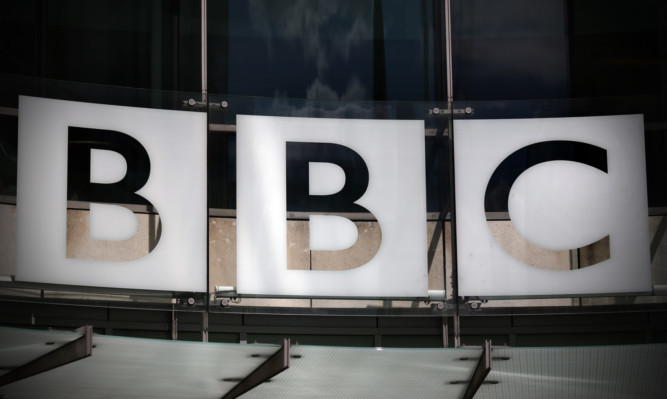Just under a year ago a document came into my hands which shone a dramatic light on the nefarious activities of the Treasury and the compromising of the BBC during the Scottish referendum campaign.
Sent to me last October, a few weeks after the referendum, it was in the form of an email of September 10 2014, timed at 22.15 and 34 seconds.
It was from a Treasury official to contacts in the BBC.
It contains the revealing line to be attributed to a “Treasury source” that “RBS have been in touch. They have similar plans to base themselves in London.”
Both the content and timing are significant.
The timing ensured that this leak about the intentions of the Royal Bank of Scotland was reported at the end of the BBC 10 o’clock news that very night and in exactly the terms of the Treasury steer. The problem with this is twofold.
The Royal Bank of Scotland board meeting, which actually made that decision on that fateful night, didn’t end until 10.40pm and the Treasury were not officially notified until around 10.45pm.
In other words the Treasury leak to the BBC was 25 minutes before the RBS board had even made its decision.
Even then the Royal Bank policy was meant to be released to the markets at 7am the next morning, in line with proper established practice for market-sensitive announcements.
Secondly on content, the Treasury email distorts the decision.
The RBS contingency plan was not to base their headquarters in London but to re-register the brass plaque.
This was made clear in a memo from RBS boss Ross McEwan in a letter to all RBS staff the following morning when he said the decision was a technical one which would leave investment and jobs unaffected.
By then of course the media horse had bolted thanks to the Treasury briefing.
However, there is another and even more revealing problem.
All of this took place exactly one week before Scottish referendum day and demonstrates that Treasury civil servants were proactively briefing the media about a key political argument.
Indeed the release of further documents under Freedom of Information show that this email was part of a much wider correspondence chain which involved Treasury civil servants and No Campaign material.
Why is this such a huge scandal?
The referendum was held under the auspices of the Edinburgh Agreement where section 29 states that the UK Government would follow the rules of “purdah” the commitment to civil service and Government machine impartiality to which the Scottish Government were bound by law in the referendum.
Under purdah the Government machine is required to stay out of political campaigning for a 28-day period before the poll.
Instead the Treasury were doing their level best to pressurise banks into making statements and, as if that isn’t bad enough, leaking decisions before they were even made and presenting them in a fashion deeply hostile to the Yes campaign.
The top civil servant in the Treasury is Sir Nicholas Macpherson.
Earlier this year he said: “Her Majesty’s Treasury is a unionist institution, the clue is in the name”.
This is despite the fact that our monarchy was founded in its current form a century before the Treaty of Union.
His is ropey history. It is also dopey politics.
However, it goes a long way to explain the extraordinary behaviour of Macpherson’s department paid for by Scottish taxpayers during the referendum campaign.
This has been criticised not just by the SNP but even by the cross-party House of Commons public administration select committee.
It is one of the key reasons the Tory Government were heavily defeated just last week on purdah regulations.
Across the parties the House of Commons is determined to avoid a repetition of this disgraceful behaviour during the European referendum.
However, the target for the Treasury email was also well chosen, My criticism of the BBC over the last year lies not just in their regurgitation of the Treasury spoon-fed material but their consistent refusal to investigate properly the nefarious activities of the Treasury. They were willing accomplices not unwitting saps.
Does that mean that every single BBC journalist belongs to the Nick Robinson school of journalism content to act as a cypher for the NO campaign?
No it doesn’t. There are honourable exceptions.
After all, if there were not concerns from within the BBC about what had been going on I would never have been sent the devastating email.
Now I have released the Treasury email to this newspaper.
The truth is now out there.
